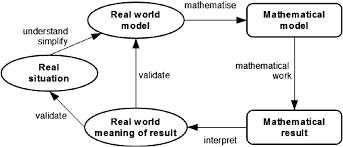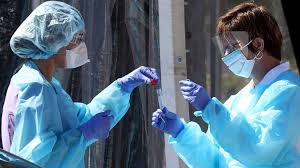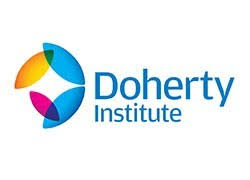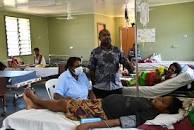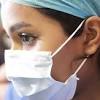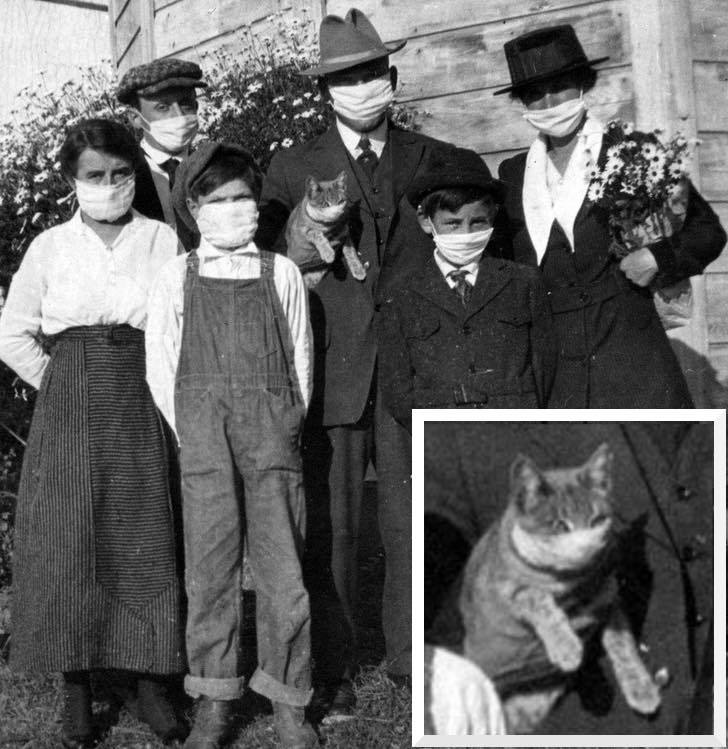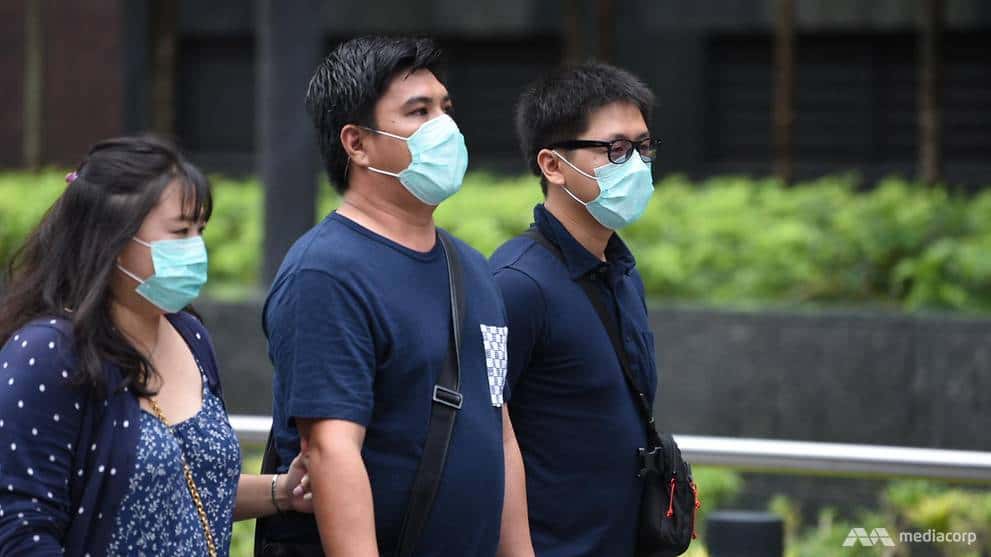Like many others, our family has started meeting by VTC for a catch-up once a week. The agenda requires one or more of us to lead discussion on a topic of interest. I was recently required to open discussion on changes to the world’s political economy from the second war to 2020 – a jolly little assignment, I’m sure you will agree.
Some of my children communicate best using the language and vocabulary of films and TV shows, having no experience with the simile and metaphor of economics – the dismal science. It therefore seemed helpful to couch my background contribution in language and terms they would relate to more easily. The story is mostly based in the UK.
This is Part 1 of the piece: 1940-1960. Part 2 is Dr Strangelove to coronavirus.
Part 1: 1940-1960
It is 1940. The Second World War has started. The two sides appear to be fairly evenly matched until the third quarter when (7 December 1941) the United States comes off the bench. Japan sinks seven US battleships at Pearl Harbour but not their primary target – the American aircraft carriers. Yamamoto concludes: “I fear all we have done is to awaken a sleeping giant and fill him with a terrible resolve.” [Tora! Tora! Tora! 1970]

A shy steel factory worker in Russia surpasses his production quota and receives the order of Lenin. His town is attacked by the Germans who move forward to reach the gates of Moscow. Hitler is furious when he hears that Moscow has not fallen, and the Russians also successfully defend Stalingrad. The Soviet armies then close in on Berlin. [The Fall of Berlin (Падение Берлина). 1949]
Both sides attempt to destroy the other’s manufacturing and heavy industries including, in the case of the Allies, with a cunning bouncing bomb dropped by Lancaster bombers flying at 60 feet. [The Dam Busters. 1955] Even submarines do not escape destruction, including U-96, a German U-boat hunting British freighters in the north Atlantic. [Das Boot. 1976] There was also significant destruction of infrastructure effected by Alec Guinness in Thailand. [The Bridge on the River Kwai. 1957]
Many people flee from Europe to the U.S. when the war begins, some of them via North Africa. Exit visas are not easy to come by, even for people as important as Czech resistance leaders, except in Rick’s Cafe. Some of the European intellegentsia who make their way to the U.S. play a part in the Manhattan project to develop a nuclear bomb. [Casablanca. 1942.] [The Day After Trinity: J. Robert Oppenheimer and the Atomic Bomb. 1980]
US President Roosevelt is determined to prevent a retreat into isolationism once the war is over. In 1941 he and Churchill announce the formation of the United Nations. In 1945 fifty nations sign the charter for a permanent United Nations, an alliance “with power adequate to establish and to maintain a just and lasting peace.” [Scary Movie 4. 2006]
In 1944 the World Bank and the International Monetary Fund are created in the hope of preventing a return of the cut-throat economic nationalism that had prevailed before the war. One of the architects of the post-war financial system agreed at the Bretton Woods Conference was John Maynard Keynes. He died in 1946 so wouldn’t have known that governments everywhere soon adopted his idea from the 1930s, when unemployment reached 20 per cent. He thought increased government spending could make up for a slowdown in business activity and so prevent recession and the loss of jobs. At the time, balanced budgets were standard practice with governments, based on Mr Micawber’s recipe for happiness. [David Copperfield. 1935]
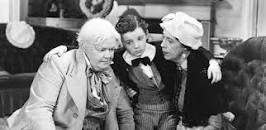
The pattern of the political economy for forty years is set by the fact that, in winning the war, Russia bore down on Berlin from the East while the Allies approached, fashionably late, from the west.
Western nations fear that the poverty, unemployment and dislocation which exists across Europe immediately after the war would strengthen the appeal of communism. The political situation begins to unravel in Greece and Turkey so US President Truman (Roosevelt having died suddenly) announces his eponymous Doctrine, to provide countries with support to prevent them from turning to communism.
In Eastern Europe (Poland, Hungary, Czechoslovakia and places further to the right) Russia is doing the same sort of thing to shore up communism. Berlin is divided and becomes the symbol of the division between East and West and of the Cold War that results. This provides the background for lots of James Bond movies. [Goldfinger 1964. Thunderball 1965.]

The Truman Doctrine is the foundation of the greatest foreign-aid program in world history: the Marshall Plan or European Recovery Program. The U.S. spends $13 billion to rehabilitate the economies of 17 western and southern European countries. Assistance was offered to Eastern-bloc countries as well, but Stalin gave them better offers.
The Marshall Plan helped to restore industrial and agricultural production, establish financial stability, and expand trade. The countries involved experienced a rise in their gross national products of 15 to 25 percent during this period. The plan contributed greatly to the rapid renewal of the western European chemical, engineering, and steel industries.
People in London and Coventry were finding it particularly tough, with rubble in their gardens and leaking roofs. Therefore, to help them out, in 1948 William Beveridge invented the welfare state. This saw the government protecting the economic and social well-being of citizens by taking responsibility for people unable to find for themselves the minimal provisions for a good life.
The welfare state is a good idea and it spread to many countries.
Firms of consultants are established to help smaller firms to combat the rapaciousness and pillaging of large multi-national corporations. The consultants begin by providing direct help and then move to a community development paradigm, passing to the managers of smaller enterprises the skills and self-confidence needed for the ongoing challenge of sustainability. [1960. The Magnificent Seven]

– to be continued

